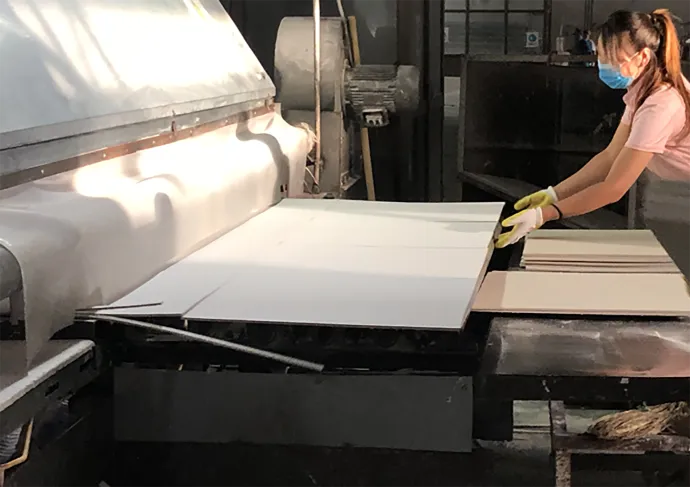Dec . 10, 2024 04:08 Back to list
Installation and Benefits of Ceiling Access Covers for Easy Maintenance Access
Understanding Ceiling Access Covers Importance, Types, and Installation
Ceiling access covers are essential components in building construction and maintenance, allowing easy access to concealed areas within ceilings, such as electrical wiring, plumbing, and HVAC systems. These covers play a crucial role in ensuring safety, efficiency, and convenience in both residential and commercial properties.
Importance of Ceiling Access Covers
The primary purpose of ceiling access covers is to provide a secure and convenient way to access maintenance areas without having to remove larger portions of the ceiling. This is particularly important for facilities that require regular maintenance on their HVAC units, electrical systems, or plumbing lines. By utilizing access covers, technicians can perform inspections, repairs, and upgrades with minimal disruption to the building's operation and aesthetic.
Moreover, safety is a significant factor in the design of ceiling access covers. These covers are built to meet strict regulatory standards, ensuring that they can support weight and resist impacts. Properly installed access covers help prevent accidents and injuries related to unauthorized or unsafe access to ceiling spaces.
Types of Ceiling Access Covers
Ceiling access covers come in various styles, materials, and sizes to meet different needs
. Here are some common types1. Drop-in Access Covers These covers are designed to fit neatly into existing ceiling tiles and can be easily removed when maintenance is needed. They are popular in commercial buildings, where quick access is frequently required.
2. Hinged Access Panels These panels feature a hinge mechanism that allows them to swing open, providing full access to the space above. Hinged panels are often used in locations where consistent access is necessary, such as in restrooms, kitchens, and mechanical rooms.
3. Frame and Lid Systems This type consists of a frame that is fixed to the ceiling with a removable lid. Frame and lid access covers are robust and are used where more substantial access openings are necessary, such as in industrial settings.
ceiling access cover

4. Fire-Rated Access Covers In certain applications, such as between floors of commercial buildings or in lines of separation for fire safety, fire-rated access covers are crucial. These ensure prevention of smoke and flames between compartments during a fire, contributing to overall safety.
5. Acoustic Access Covers For spaces where sound insulation is essential, such as recording studios or conference rooms, acoustic access covers help maintain sound quality while providing necessary access.
Factors to Consider in Installation
When planning to install ceiling access covers, several factors must be considered
- Location The placement of the access cover is critical. It should be in an area that minimizes disruption to occupants while still providing convenient access for maintenance personnel.
- Size The size of the access cover should match the dimensions of the area that needs to be accessed. Remember that larger access covers will require more space and may impact the ceiling’s appearance.
- Material Different environments may require different materials. For instance, wet areas such as bathrooms require covers that resist moisture, while industrial settings might necessitate more robust materials.
- Compliance with Building Codes All installation must comply with local building codes and safety regulations to ensure integrity and safety.
Conclusion
In conclusion, ceiling access covers are vital components for maintaining the functionality and safety of buildings. By providing convenient access to essential systems while ensuring structural integrity and safety, these covers facilitate easier maintenance and contribute to the overall well-being of the building environment. Whether in a home or a commercial space, investing in quality ceiling access covers is a decision that pays off in increased efficiency and peace of mind.
-
Durable Ceiling T Grid Systems | Easy InstallationNewsAug.29,2025
-
PVC Gypsum Ceiling: Durable, Laminated Tiles for Modern SpacesNewsAug.28,2025
-
Pvc Gypsum Ceiling Is DurableNewsAug.21,2025
-
Mineral Fiber Board Is DurableNewsAug.21,2025
-
Ceiling Tile Clip Reusable DesignNewsAug.21,2025
-
Ceiling T Grid Modular DesignNewsAug.21,2025







